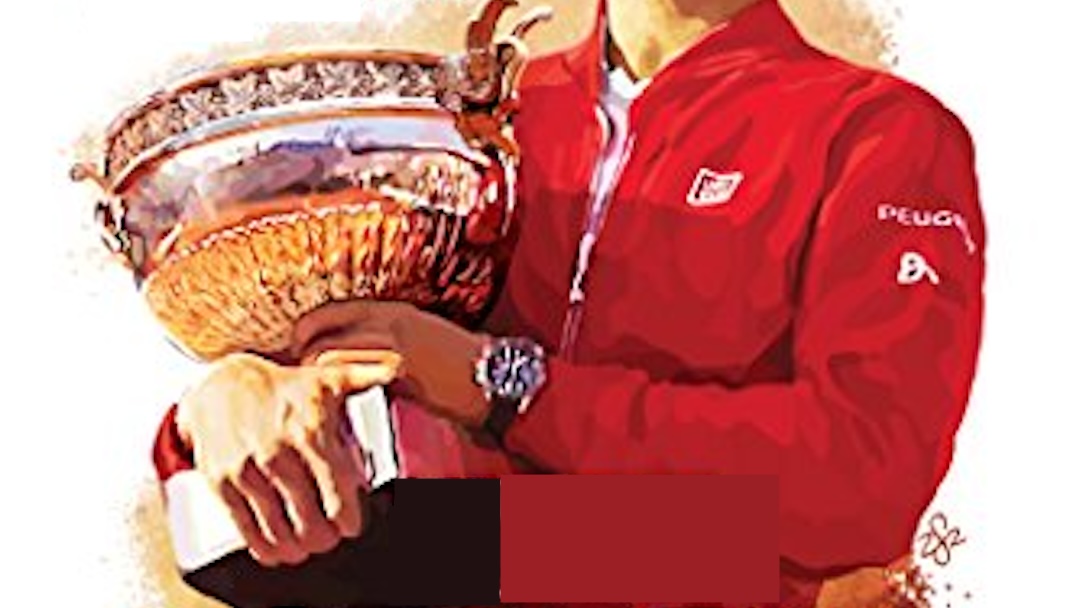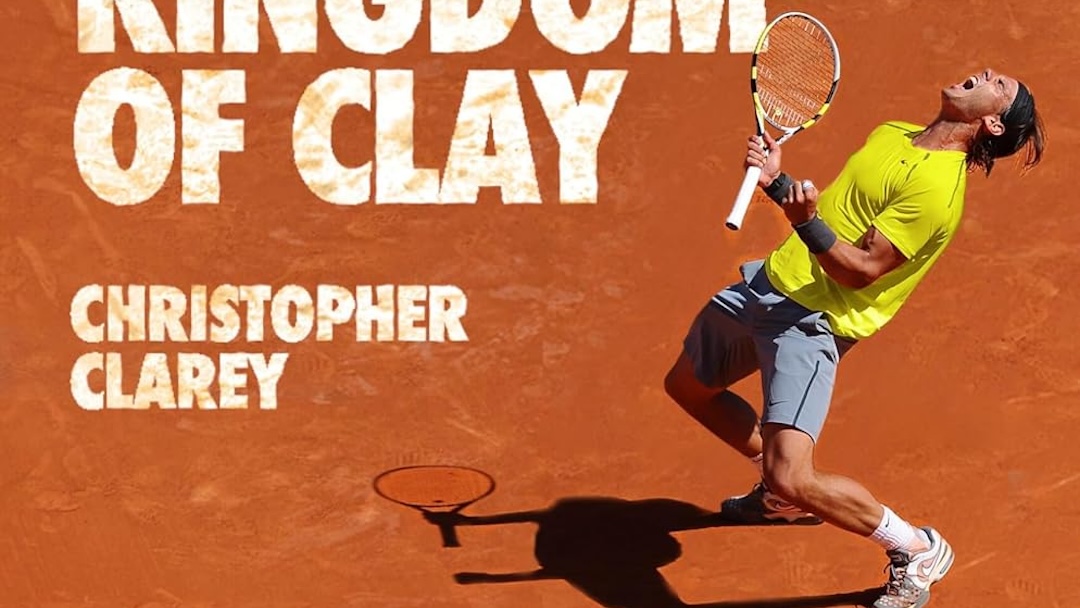Tennis Hits the Books
In 2019, Rafael Nadal defeated Novak Djokovic to win the men’s singles title at Rome. In the course of doing so, he provided us with a statistic that is probably one of the best examples of how to develop strategies and tactics around a player’s own strengths. The very best players in tennis have a sharp understanding of what they do well. More critically, they are able to develop tactics and techniques that maximize their strengths.
In that Rome final, Nadal hit a forehand on the first shot following his serve an astonishing 79% of the time. Additionally, Nadal won 71% of those points. When Djokovic managed to return the ball to the backhand, Nadal only won 45% of those points.
I should also observe that Djokovic has Craig O’Shannessey of Brain Game Tennis as a member of his team. O’Shannessey is one of the more respected strategic statisticians in the industry. It is probably safe to say that Djokovic is aware that the ball needs to be returned to Nadal’s backhand. Additionally, as one of the best players in the sport, he should be able to do just that.
While Nadal’s serve is respected, in isolation it does not typically make lists of the “best” serves in men’s tennis. His serve does not have high velocity and his opponents are generally able to return it in play. At the same time, Nadal holds serve at a remarkably high rate. The reason for this is not because his serve is so good, but rather because he uses the serve to elicit a return to his forehand.
It is kind of stale data, but a rather old web site for Tennis Stat Tracker provides some product sample data that was created from a real match between Nadal and Roger Federer at the finals of the Hamburg tournament in 2008. That graph shows Nadal’s serves consistently clustered on Federer’s backhand side of the service box. The safest return in all of tennis is cross court. As a lefty, that is Nadal’s forehand.
My personal belief is that Nadal has spent a lifetime of structuring his tactical play in tennis to create opportunities to hit the shots that he wants to hit. In other words, his strengths. While most recreational players do not have a professional statistician on their teams, knowledge of a player’s own weapons is accessible to everybody.
As it turns out, I also want to hit a forehand with as many shots as possible. One very easy way to influence that is through my own court positioning. When I am playing a baseline rally, I consistently shade left of center. This means that more balls will naturally come to my right handed forehand.
When returning serve, my own shading of position is typically even more pronounced. I generally make my opponent’s prove that they can swing a serve out wide to the deuce court and/or pound it down the T on the ad court before conceding to a more conventional location.
Court positioning is an easy and trivial example of how a player can develop tactics around their strengths. The match statistic from the Nadal-Djokovic match in Rome is a more complex case in point. Every competitive player can and should have an arsenal of tactics that are build around their own playing characteristics.
For this week, don’t have a new book to recommend. I have repeated the recommendations from the previous two weeks for anyone who missed that content. I also have provided direct links below to the first two parts of this series. Improving strategic and tactically as a competitive tennis player must be firmly rooted in an understanding of a player’s own game. Both of these sources are a great first step for starting out that journey.
Resources
 | Tennis Tactics: Winning Patterns of Play – July 10, 1996 by the United States Tennis Association |
 | Think to Win: The Strategic Dimension of Tennis by Allen Fox |
Fiend At Court participates in the amazon associates program and receives a paid commission on any purchases made via the links in this article. Additional details on the disposition of proceeds from this source are available in the “About Fiend at Court” page.
Previous Related Posts
Tennis Tactics and Patterns of Play: Part 1, August 20, 2020.
Tennis Tactics and Patterns of Play Part 2: Think to Win, August 27, 2020.
References
- Brain Game: Nadal’s Serve + 1 Proved Winning Math Against Djokovic, https://www.atptour.com/en/news/nadal-rome-2019-final-brain-game, viewed 8/25/2020.
- Example Match Analysis: Federer vs Nadal, http://www.tennisstattracker.com/exampleMatchAnalysis.cfm, viewed 8/29/2020.



